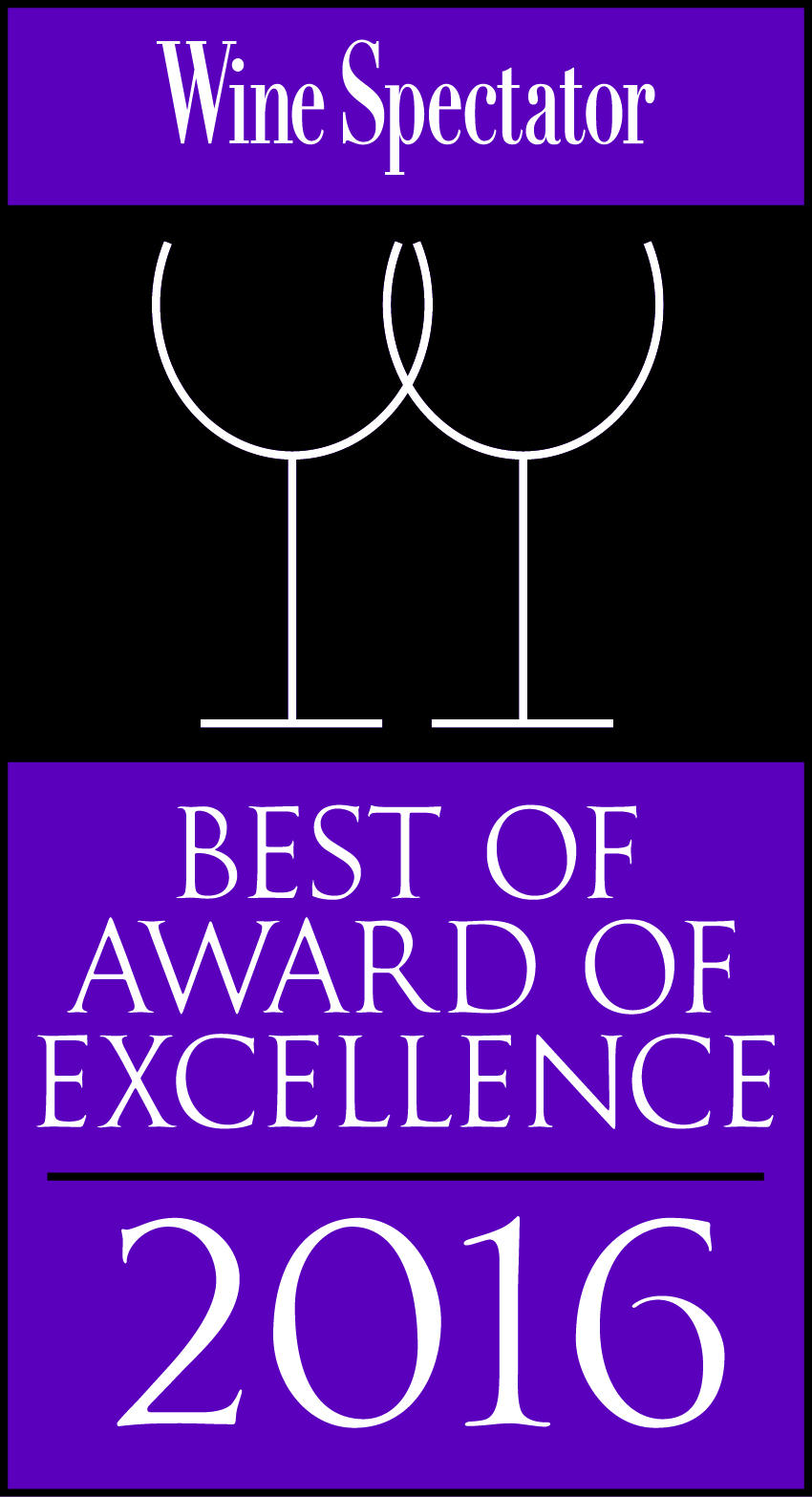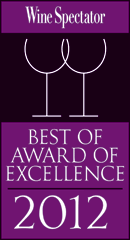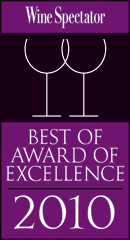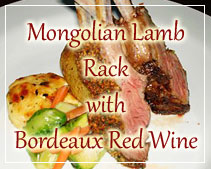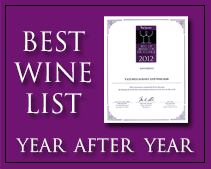Chardonnay makes a huge range of styles of wine.
January 13, 2011
It has the distinction of (probably) being the most popular grape on the planet. And there are a number of good reasons why it is so popular.
In this short article we will explore origins of grape and give you the background to the great Chardonnay and what makes it so special.
Origins
The Chardonnay grape appears to be unrelated to any other significant major vine, despite a long standing belief that it was closely related to the other major Burgundy grape, Pinot Noir. All wine grapes are ultimately descended from wild vines and belong to the Vitis vinifera genus, but there the relationship appears to end for Chardonnay. There are some very minor relatives, including a pink Chardonnay, but its closest relative is probably Muscat.
Another common belief is that Chardonnay’s origins are in the Mâconnais in France, where the village of Chardonnay can be found. It is more likely that, in common with most major grape varieties, its true home is in the Middle East, most likely Lebanon and Syria. “Passing “crusaders probably transported the vine to Europe.
There is now no doubt now that Chardonnay’s homeland is in France and indisputably in Burgundy, where it reaches it apogee, especially in the Côte d’Or. It is however a truly international player, with plantings in almost every country that grows grapes for wine, including England.
Viticulture
Broadly Chardonnay is a pretty easy grape to grow. It adapts well to a wide variety of climates, from marginal in Champagne and England through to the hot Californian Central Valley and Riverina in Australia. Its only real disadvantage is that it buds early and consequently is susceptible to damage due to spring frosts. Chardonnay ripens early however, helping it avoid most of the risk of rot from autumn rain. It is prone to powdery mildew, grey and noble rot in damp conditions, but is generally very hardy.
Chardonnay is a vigorous vine and therefore it is often very densely planted and usually subject to severe canopy management practices. It adapts to most soil types, with the probable exception of very rich and wet soils. It is best suited to poor, calcareous soils and it is in these soils that the vine produces it most interesting grapes.
The vine is a good producer, consistently yielding 50hl/ ha in Burgundy, with relatively high sugar content. Acid levels fall quickly in Chardonnay when ripe and therefore picking at the correct time is vital to avoid a flabby wine.
Vinification
Chardonnay makes a huge range of styles, from fresh lean sparkling wine in Champagne to the rich, oaky blockbusters found in Australia and California. It responds well to a variety of wine making techniques, including a great affinity for oak.
The winemaker can play with Chardonnay, experimenting with new techniques and processes. There have been and are examples of wines being subject to long skin contact, mechanical concentration, warm fermentation (usually a very bad idea for white wines) to very cold (almost Asti like) fermentation. And the grape more often than not responds by producing a high quality wine.
When carefully made, Chardonnay has good ageing potential, especially in French examples.
Wine Styles
As we’ve already observed, Chardonnay makes a huge range of styles and these are greatly influenced by the winemaking practices.
But what does Chardonnay taste like? Well, it doesn’t have a particularly well defined varietal character, more often reflecting its terrior than most other grapes.
Look at and compare a Chablis with a Meursault or even the Shaw & Smith Unoaked Chardonnay with the Catena Chardonnay and you’ll find very different wines from the same grapes grown in very similar climates.
For a description of wine styles and examples of each style in the West Mount Wine catalogue, please look at our section on Chardonnay wine styles.
Conclusions
Well there we have it, an introduction to Chardonnay, probably the most ubiquitous grape in the world. A grape whose popularity owes much to its ability to grow and ripen almost anywhere, give generous yields and respond to a variety of wine making techniques to produce a wide range of wine styles. There may be the ABC (Anything But Chardonnay) crowd, but ultimately it’s a very versatile and commercial grape and it does make great wine.
Source: http://www.westmountwine.co.uk/acatalog/Chardonnay.html
Are these articles useful for enhancing your wine and dine experience in the Philippines. Do they also help you with travel, leisure, vacation, dining out, nightlife and other leisure activities plans in Manila and other major cities of Philippines? Yats Restaurant hopes to provide you with ample information so you can plan your trips to Pampanga Angeles City Clark Freeport Zone whether you are travelling from Manila or other Asian countries such as Hong Kong, Shanghai, Singapore, Malaysia or Korea.
Restaurant reservations in Manila Philippines, planning of menu, selection of wine for dinner and booking a private function and event in Angeles City Clark Freeport Zone can all be handled. Yats Restaurant and Wine Bar has been regarded by many to be the premier restaurant north of Manila Philippines. Its 3000-line award-winning restaurant wine list has kept many wine lovers happy dining in this restaurant in Angeles City Clark Philippines for over a decade.
Yats Restaurant and Wine Bar was built by Hong Kong-based Yats International in 2000 to provide a world-class cozy fine dining restaurant, business meeting facilities and venues for private dinners and functions in Pampanga Angeles City Clark Freeport Zone. Pampanga Angeles City Clark Philippines was selected for this restaurant because of safety, clean air, absence of traffic and proximity to Manila and Subic.
For comments, inquiries and reservations, email Restaurant@Yats-International.com or call these numbers:
(045) 599-5600 0922-870-5178 0917-520-4401
Http://www.YatsRestaurant.com
Getting to this fine dining restaurant of Angeles City Clark Freeport Zone Pampanga Philippines
How to get to this fine-dining restaurant in Clark Philippines? Once you get to Clark Freeport, go straight until you hit Mimosa. After you enter Mimosa, stay on the left on Mimosa Drive, go past the Holiday Inn and Yats Restaurant (green top, independent 1-storey structure) is on your left. Just past the Yats Restaurant is the London Pub.
